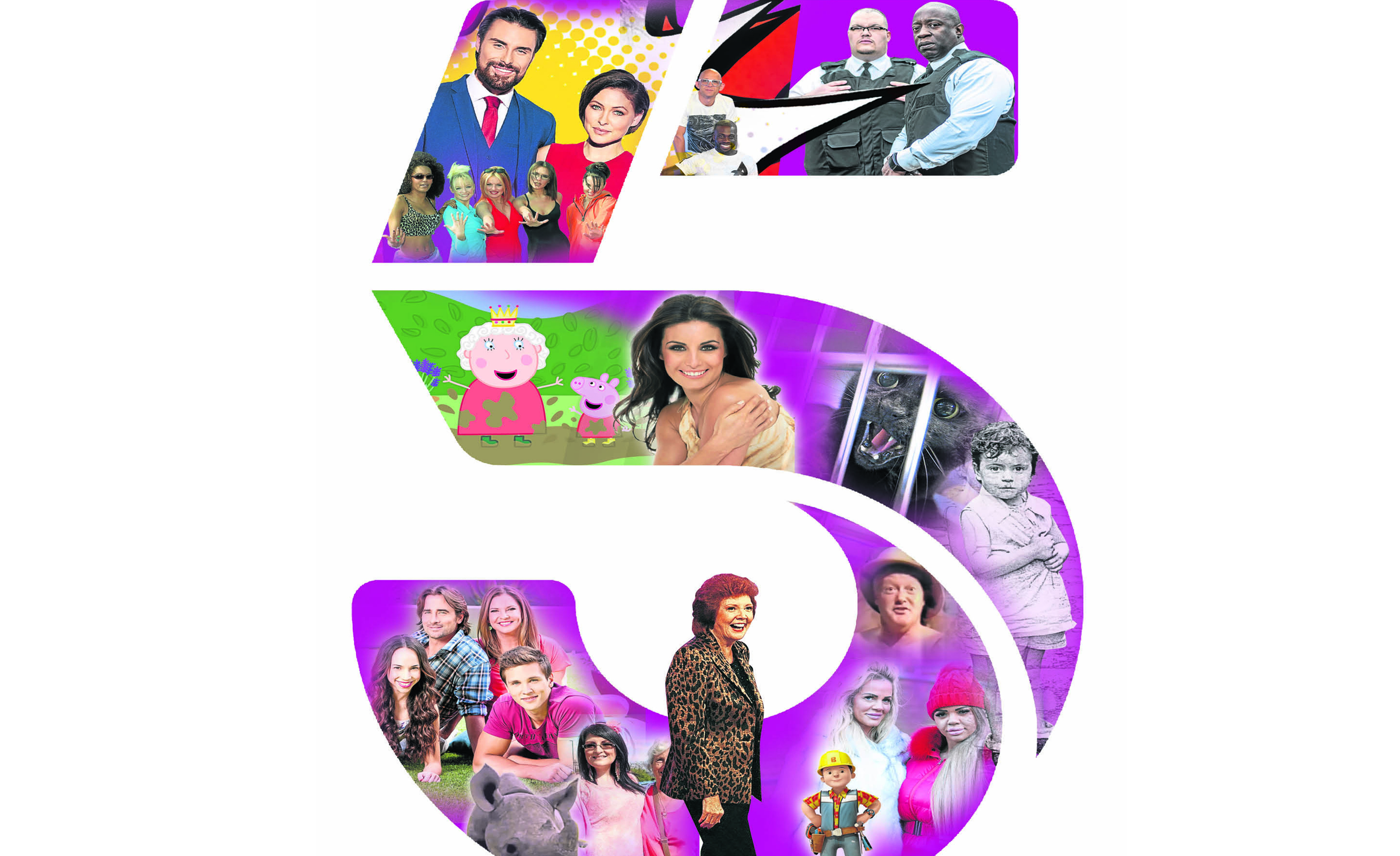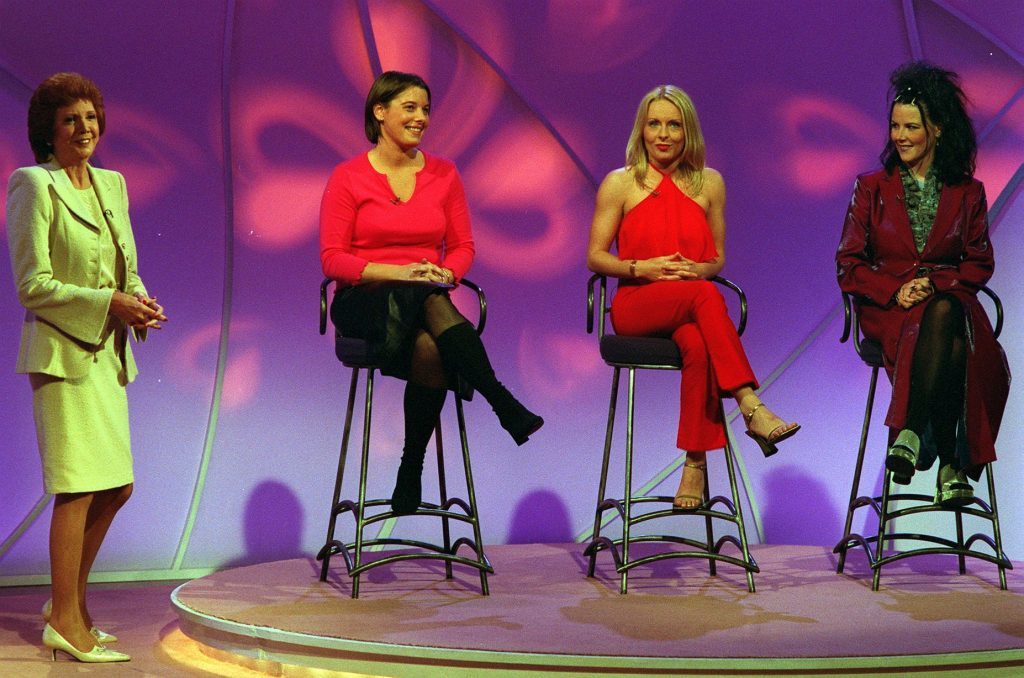
WE’VE cringed at its dodgy documentaries and covered our eyes at the sight of a naked Keith Chegwin – but is Channel 5 set to shock us once again… by growing up?
It spent much of the past two decades serving up trash TV but experts say its new strategy is to go upmarket – and the verdict is that it’s already succeeding.
According to one television academic, Professor John Cook of Glasgow Caledonian University, the change is already in motion and it’s all down to its latest owner, Viacom.
“Channel 5 is trying to attract a more affluent audience, the 16-34 age group – the demographic that advertisers love,” John explained.
“It began to change when it was bought over by Viacom in 2014. It’s keen to invest in original UK programming and has upped its spending.
“Having been downmarket for most of its history, Channel 5 is turning a corner and trying to produce more quality.
“Last week it received acclaim for a documentary called The Accused and it also launched Emerald City, an upmarket fantasy drama for adults based on The Wizard Of Oz.
“Last year it had a very interesting documentary, Slum Britain, which looked at the history of poverty in the UK.
“There are only seven programme titles that were around in 2013 which are still on today, but they still want popular programmes – they’re trying to compete with Channel 4 not BBC4.”
Purchasing Blind Date fits into that mix and follows the channel’s trend of buying established programmes. The acquisition of Big Brother and Celebrity Big Brother from Channel 4 in 2011 has proved a ratings winner, as did the return of The X Files last year, which gave Channel 5 more than three million viewers.
Australian soaps Home and Away and Neighbours were bought from ITV and BBC respectively in 2001 and 2008 in multi-million pound deals and remain staples of Channel 5’s daytime schedule.
Less successful was its revival of Minder, starring Shane Richie, which flopped in 2009, and quiz show Going For Gold, lasting just five months in 2008-09.
John added: “Blind Date is part of their buying up brands to get them noticed. That’s been the channel’s commercial strategy for a while.
“The public service element is becoming much stronger.”
It’s a far cry from the station’s early days, with its rigid schedule made up of films, chat shows, news and sport.
In the cash-rich excesses of the 1990s, the Spice Girls were recruited for the colourfully flash launch night – watched by 2.49 million viewers, more than Channel 4’s premiere – that included a bare backside on soap Family Affairs and topical chat with Scot Jack Docherty.
As the last analogue terrestrial channel before the digital revolution, an army of TV repairmen were recruited to visit homes across the country to help retune our tellies. Not everyone bothered, and the ones who did weren’t sure it had been worth the effort.
An almost blanket coverage of sport, sex and cinema offerings became fundamental fare for a channel that had promised to be modern and mainstream.
The trash TV tag has been hard to shake – not helped by documentaries like When Gastric Bands Go Wrong, My Mum’s Hotter Than Me, There’s A Rhino In My House and Psycho Pussies: When Cats Attack on its schedule.
“I remember their first slogan – modern and mainstream,” John continued.
“The channel was unashamedly commercial, quite American in focus.
“Jack Docherty fronted a US-style chat show five nights a week, and then Graham Norton stood in for him and became more popular.”
Titillation and the plain bizarre – who can forget Keith Chegwin in all his glory on Naked Jungle, a ratings winner but critically mauled – were added to the line-up, as were a slew of American dramas such as NCIS, CSI and The Mentalist.
Things were changing behind the scenes, too.
“The company merged and was bought out by a German company in the noughties,” John said. “Then, in 2011, Richard Desmond bought it.”
The media mogul paid £103.5m for the channel and sold it to Viacom three years later for £450m, kicking off the biggest change in the station’s two-decade existence.
John added: “In the digital age of so many channels and many competing distractions, there is a need to have TV that stands out and I think that is Channel 5’s strategy.”

Enjoy the convenience of having The Sunday Post delivered as a digital ePaper straight to your smartphone, tablet or computer.
Subscribe for only £5.49 a month and enjoy all the benefits of the printed paper as a digital replica.
Subscribe